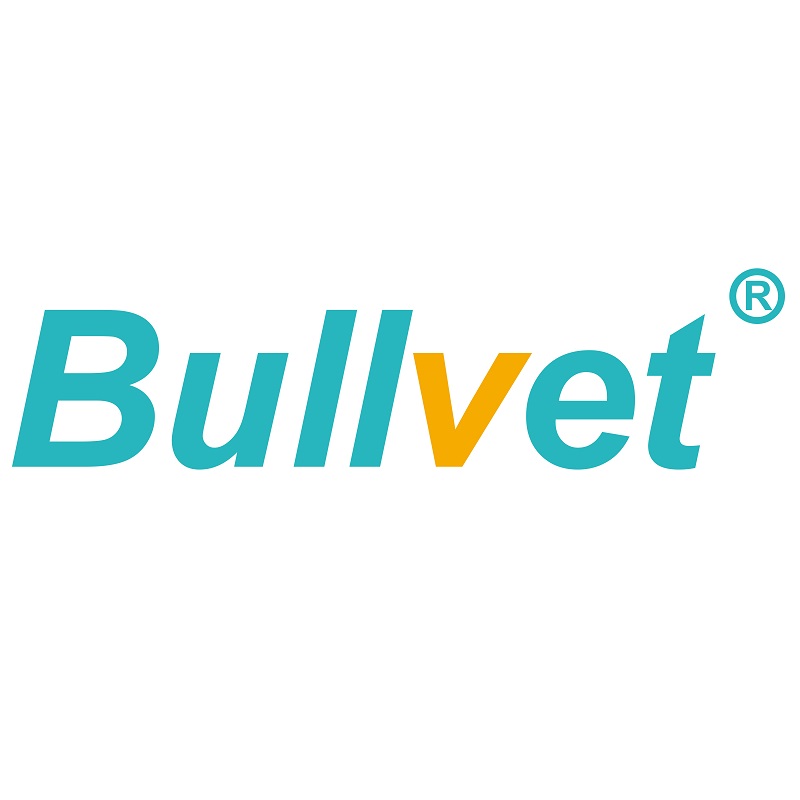![X{}71%VG3@(YOFJ71]EQX%7.png X{}71%VG3@(YOFJ71]EQX%7.png](/UploadFiles/2022/5/6379712377864505675857238.png)
Mastitis in dairy cows is a common and frequently occurring disease with high incidence rate. It can make the milk cow's mammary gland function decline, even completely lose the lactation function. Causing serious economic losses to dairy production.
1.Treatment
The treatment principle is to eliminate the etiology and pathogen and enhance the body resistance. In eliminating pathogens: currently the commonly used methods are antibiotics, sulfonamides and furans.
1.1 staphylococcal mastitis: erythromycin and kanamycin can be used, followed by neomycin;
1.2 mastitis caused by Streptococcus: streptomycin and kanamycin can be used;
1.3 mastitis caused by Klebsiella and Pseudomonas aeruginosa: gentamicin can be used;
1.4 mastitis caused by Clostridium perfringens: tetracycline can be used;
1.5 mastitis caused by Nocardia: penicillin can be used.
Before the pathogen is not determined, after milking, the mixed solution of penicillin and streptomycin (150-200 ml distilled water dissolves 500000 units of penicillin and 200 ml of streptomycin) is injected into the nipple tube of each affected milk area once or twice a day. After injection, the nipple base is pinched by hand and gently massaged upward to make the liquid diffuse upward. In severe cases, 2-2.4 million units of penicillin can be injected intramuscularly, 2-3 times a day. If necessary, add streptomycin or apply gentamicin and erythromycin. If penicillin injection fails, 150-200 ml of 0.1% Rivanol Solution or 0.1% Furacilin Solution can be injected.
2. Prevention
2.1 pay attention to hygiene and breast protection
Keep the barn, cattle body and utensils clean. The dew excluded after delivery shall not pollute the back of the cattle as much as possible, and the large and sagging breasts shall be protected, free from trauma.
2.2 strengthen milking hygiene
Wash the breast and nipple with warm water before milking, and dry them with a clean towel after washing. After milking, the nipples were bathed with 0.5% iodine solution or 0.1% Bromogeramine Solution to reduce the chance of pathogen invasion from the nipples.
2.3 strengthen the prevention and treatment of latent mastitis during the dry milk period
After the last milking before the dry milk, inject an appropriate amount of antibacterial drugs into the breast. Generally penicillin 800000-1 million IU, streptomycin 0.5g, dissolved in 20-30ml distilled water, injected into the milk tank, and injected into 4 nipple tubes with chlortetracycline or oxytetracycline eye ointment for sealing, or directly injected into each nipple tube with chlortetracycline eye ointment for sealing.

Bullvet is a private veterinary drug high-tech enterprises established by Dr. Wu, it is located in Rongchang Chongqing, which is a state-level hygiene city. Rongchang is also the China animal husbandry technology city and the modern animal husbandry demonstration core. Southwest University Rongchang campus and Chongqing academy of animal husbandry are also located here.